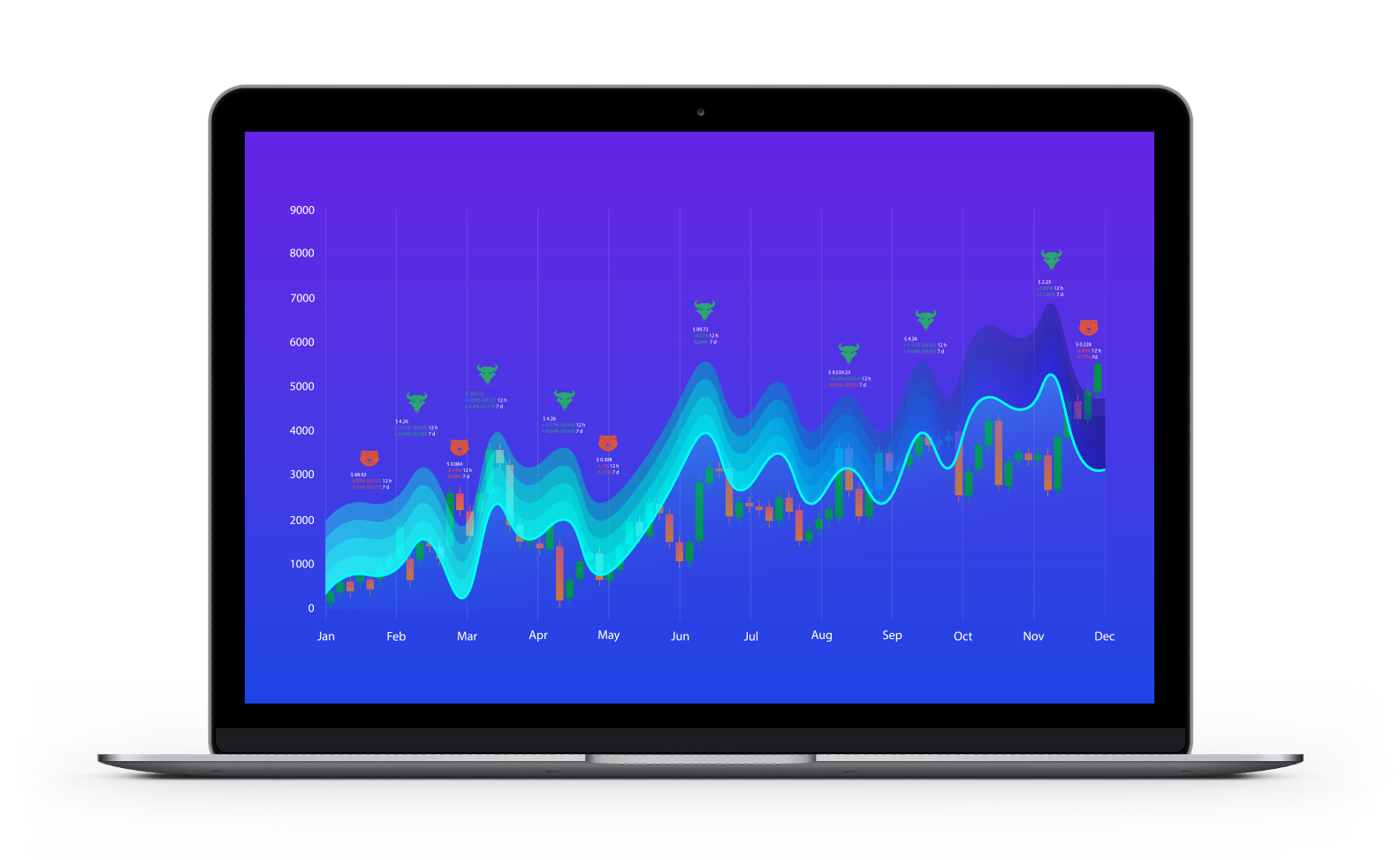At Sonar, our team of programmatic ninjas excels at harnessing the full power of programmatic tactics to supercharge your marketing strategy and achieve your goals. Our mission is as simple as it is clear: attract and engage top-tier prospects and audiences to drive meaningful growth for your brand. Through careful identification and strategic guidance, we guide these prospects through our client’s conversion process, expanding the retargeting pool for future programmatic efforts. This sounds great on its own, but we don’t stop there! We also seamlessly bring in new users, leading them to conversion across various channels, all with the support of advanced attribution models and the watchful eye of our “HS” team (Homo Sapiens).
The Sonar team utilizes a full arsenal of programmatic tactics to achieve your overall marketing strategy goals

Full tactical mastery = strategic success
The Sonar team is laser-focused on boosting qualified traffic and achieving your financial objectives. Our full-funnel campaigns establish the gold standard, setting benchmarks based on much higher standards for key metrics like viewability and click-through rates (CTR) than where the industry average would be. As we optimize your programmatic budgets, every dollar is deployed strategically to ensure the maximum impact for your marketing dollars. Our commitment to programmatic excellence ensures your brand benefits from a powerful synergy between cutting-edge programmatic techniques and expert human insight.
Discover Sonar
Where AI precision meets human intuition
HOW TO WIN THE MARKETING GAME
Our Tactical Playbook Includes


